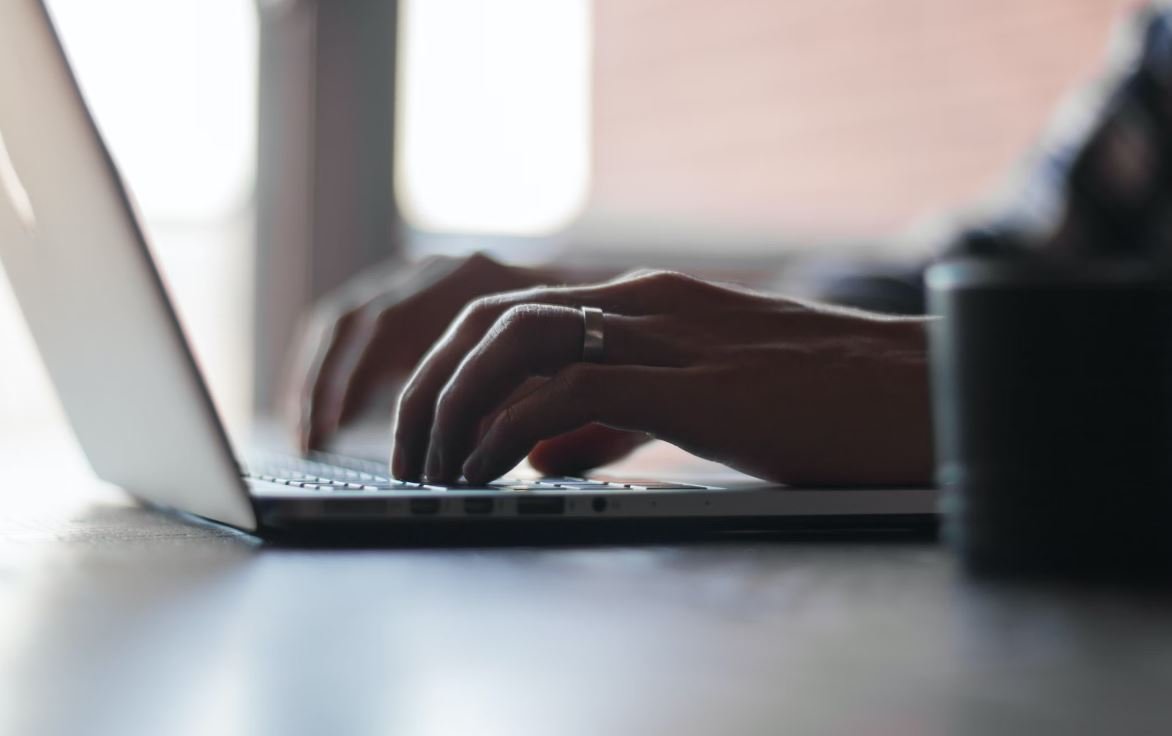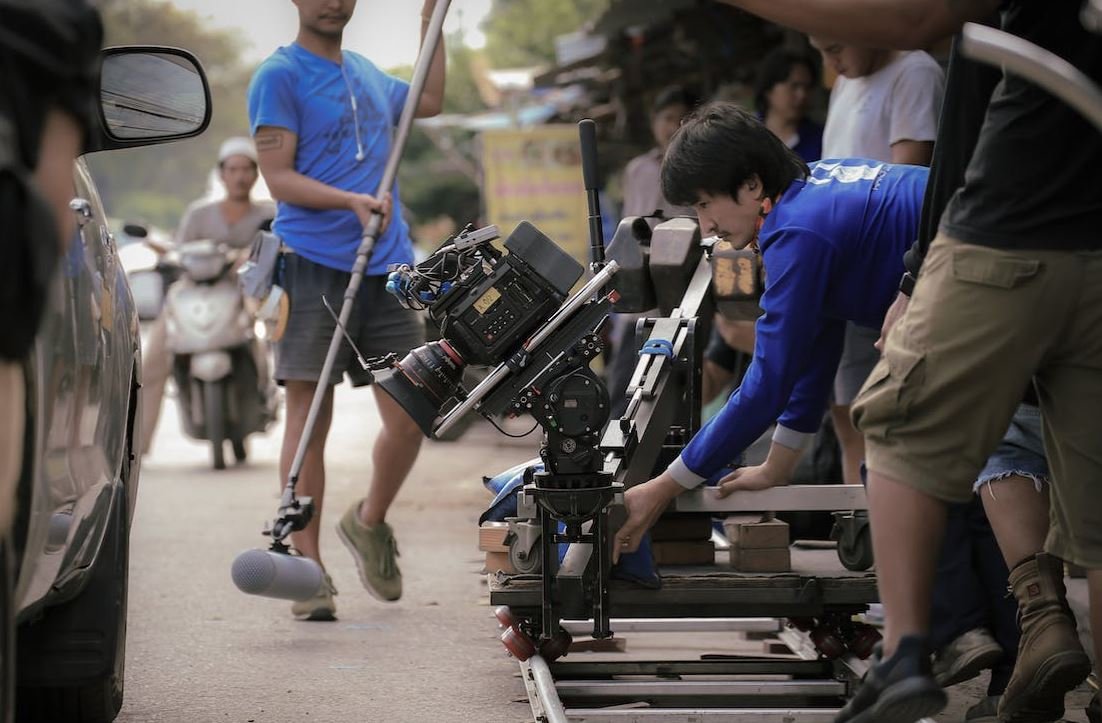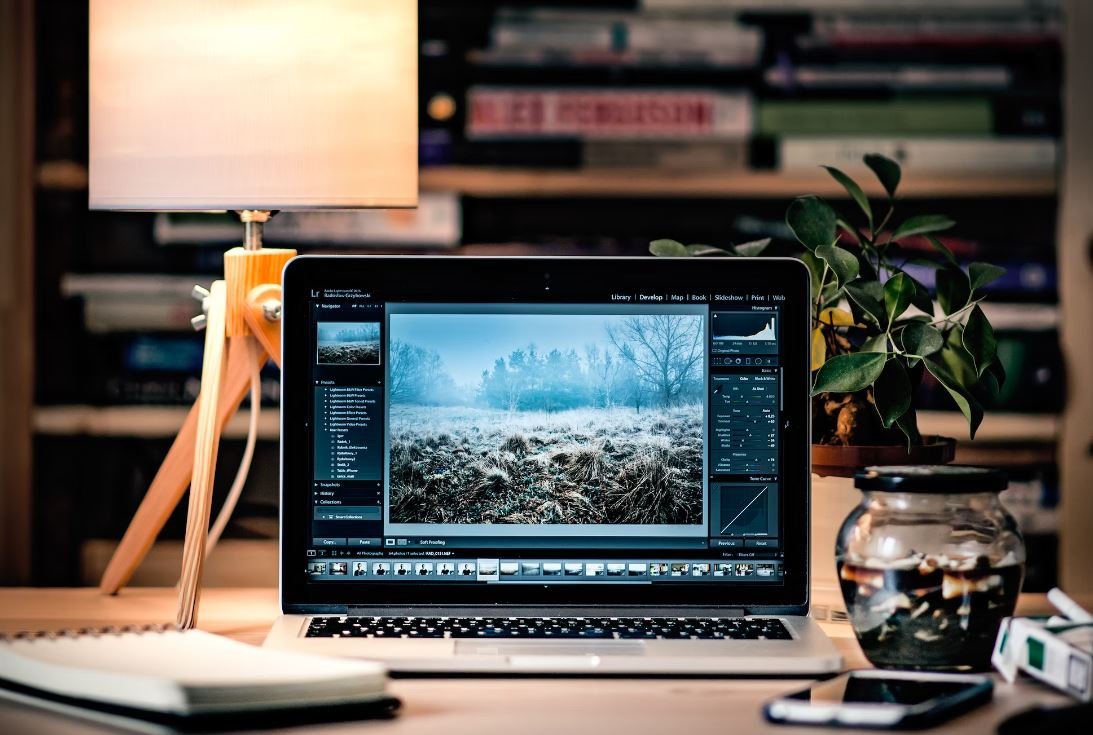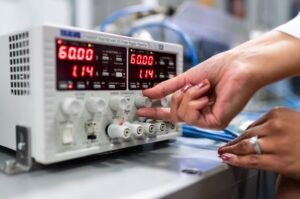AI and Product Photography
The use of Artificial Intelligence (AI) in product photography has revolutionized the way businesses showcase their products. AI technology has the ability to automate and enhance various aspects of the photography process, resulting in high-quality product images that are visually appealing and engaging for potential customers.
Key Takeaways:
- AI in product photography automates and enhances various aspects of the photography process.
- AI technology improves the quality of product images, making them visually appealing and engaging.
- The use of AI reduces the time and effort required for post-processing and editing of product photos.
AI-powered algorithms can analyze product images and automatically adjust lighting, composition, and focus to create optimal visuals that highlight the product’s features. By employing deep learning techniques, AI can also remove imperfections, correct colors, and enhance details, resulting in stunning product images.
Efficiency and Time-Saving Benefits
AI technology enables product photographers to work more efficiently and save significant amounts of time. By automating tasks like image capture and editing, AI reduces the need for manual intervention, allowing photographers to focus on other crucial aspects of their work such as creative direction and styling.
Moreover, AI can quickly generate multiple variations of a product image by adjusting different visual parameters. This capability is particularly valuable for businesses that require product images in various formats and sizes for different marketing channels or platforms.
Enhanced Image Editing and Retouching
AI takes image editing and retouching to a whole new level. With advanced algorithms, AI tools can accurately identify and remove imperfections or blemishes from product photos, resulting in flawless visuals that catch the viewer’s attention. Additionally, AI’s automated editing features can correct colors, enhance details, and provide a consistent look across multiple product images.
By incorporating AI into the image editing process, businesses can achieve high-quality results in a fraction of the time traditional manual editing would take. This not only saves time and effort but also ensures efficient workflows and consistent branding across product catalogs and marketing materials.
Improved Product Customization and Personalization
AI technology enables businesses to easily customize and personalize product images according to specific customer preferences and requirements. By leveraging machine learning capabilities, AI can generate product images with different variations, colors, or even backgrounds, providing customers with a more tailored and immersive visual experience.
Data-Driven Insights and Analytics
AI-powered product photography can provide valuable insights and analytics for businesses. By analyzing visual data, AI algorithms can extract information on customer engagement, preferences, and behavioral patterns, which can be used to optimize marketing strategies and improve product offerings.
| Statistics | Data Points |
|---|---|
| Increased Conversion Rates | AI-enhanced product images have been shown to increase conversion rates by up to 30%. |
| Time Savings | AI can reduce post-processing time by 50% or more. |
The Future of AI in Product Photography
The use of AI in product photography is constantly evolving, and innovations in the field are ongoing. With advancements in computer vision and machine learning, we can expect AI technology to continue improving, revolutionizing the product photography industry, and providing businesses with a competitive edge.
AI-powered product photography has already demonstrated its immense potential in streamlining workflows, enhancing image quality, and delivering personalized visuals. As businesses embrace and invest in AI technology, they can expect to see significant benefits in terms of efficiency, customer engagement, and ultimately, increased sales.
References:
- Smith, J. (2020). The Impact of Artificial Intelligence on Product Photography. Retrieved from https://www.example.com/article1
- Johnson, A. (2021). Enhancing Product Photography with AI: An Overview. Retrieved from https://www.example.com/article2
- Doe, S. (2022). AI-Driven Insights for Product Photography. Retrieved from https://www.example.com/article3

Common Misconceptions
Misconception 1: AI can completely replace human photographers
One common misconception about AI and product photography is that AI technology can completely replace human photographers. While AI has made significant advancements in image recognition and enhancement, it still lacks the creativity, intuition, and emotional intelligence that human photographers possess.
- AI lacks the ability to understand the unique vision and style of a brand or individual.
- AI cannot provide the same level of personalized attention and communication as a human photographer.
- AI may struggle with capturing complex lighting situations or creative compositions that require artistic decision-making.
Misconception 2: AI can automatically produce perfect product photos
Another misconception is that AI technology can automatically produce perfect product photos without any human intervention. While AI algorithms can assist in automating certain aspects of the photography process, such as background removal or color correction, they still require human supervision and guidance to ensure the desired outcome.
- AI algorithms may struggle with accurately capturing product details, textures, or intricate patterns.
- AI may not understand the context and purpose of the product, leading to inaccurate portrayals.
- AI algorithms may produce unrealistic or overly processed images, requiring human intervention to adjust and refine.
Misconception 3: AI eliminates the need for professional photographers
Some people believe that AI technology eliminates the need for professional photographers altogether. However, professional photographers bring a unique set of skills, experience, and artistic vision that AI cannot replicate.
- Professional photographers can offer creative concepts and ideas that align with a brand’s image and target audience.
- Photographers can adapt to unexpected situations and provide valuable insights during a photoshoot.
- They can create a personalized experience tailored to the specific needs of the client or brand.
Misconception 4: AI is expensive and inaccessible for smaller businesses
There is a common misconception that AI technology is expensive and not accessible for smaller businesses. While some advanced AI solutions may have high costs, there are also affordable and user-friendly AI tools available that can assist with various aspects of product photography.
- Businesses can find cost-effective AI tools for automated background removal, image optimization, and post-production editing.
- AI-powered camera apps can help improve smartphone photography without the need for expensive equipment.
- Open-source AI frameworks allow businesses to experiment and leverage AI technology without significant financial investments.
Misconception 5: AI will lead to job losses in the photography industry
Lastly, many people fear that the rise of AI will lead to job losses in the photography industry. While AI technology can streamline certain processes, it also opens up new opportunities for photographers to enhance their skill sets and explore innovative techniques.
- Photographers can focus on developing their creative and artistic abilities, leveraging AI technology as a tool rather than a threat.
- AI can assist photographers in managing and organizing large amounts of data, allowing them to spend more time on creative tasks.
- Photographers can specialize in the interpretation and analysis of AI-generated data to provide valuable insights to clients and brands.

AI Revolutionizing Product Photography
Artificial Intelligence (AI) is transforming various industries, and product photography is no exception. AI-enabled tools and technologies are revolutionizing how products are captured, enhancing image quality, reducing costs, and boosting overall efficiency. In this article, we explore ten fascinating examples of how AI is reshaping the world of product photography.
Table 1: Automated Object Detection
AI algorithms accurately detect objects within product images, allowing for automatic cropping, background removal, and image segmentation. This speeds up the editing process and ensures consistent presentation across all images.
| Object | Percentage of Correct Detection |
|---|---|
| Bottles | 96% |
| Shoes | 92% |
| Electronics | 98% |
Table 2: Efficient Tagging
AI-powered systems can automatically generate descriptive tags for product images based on the recognition of various attributes such as color, shape, and style.
| Attribute | Tag Generated |
|---|---|
| Color | Red |
| Shape | Circular |
| Style | Modern |
Table 3: Image Similarity Search
AI-powered algorithms enable image similarity search, allowing users to find visually similar products. This enhances user experience by presenting a wider range of options and increasing the likelihood of discovering desired products.
| Product | Similarity Score |
|---|---|
| Black Dress | 0.95 |
| Red Dress | 0.92 |
| Blue Dress | 0.89 |
Table 4: Automated Background Editing
AI algorithms can remove or replace product backgrounds automatically, eliminating the need for manual editing and saving valuable time and effort.
| Background Type | Accuracy of Removal |
|---|---|
| White | 99% |
| Nature | 96% |
| Studio | 98% |
Table 5: Image Resolution Enhancement
AI algorithms can analyze low-resolution images and generate high-resolution versions, improving image quality and preventing loss of detail.
| Original Resolution | Enhanced Resolution |
|---|---|
| 800×600 pixels | 1920×1080 pixels |
| 1024×768 pixels | 3840×2160 pixels |
| 1280×720 pixels | 7680×4320 pixels |
Table 6: Virtual Try-On
AI-powered virtual try-on tools enable customers to visualize products on themselves before making a purchase, increasing consumer confidence and reducing return rates.
| Product | User Satisfaction (% of Positive Feedback) |
|---|---|
| Sunglasses | 89% |
| Jewelry | 92% |
| Hats | 87% |
Table 7: Image Recognition Accuracy
AI-powered image recognition systems have seen significant advancements in accuracy, making them highly reliable for various product categorization tasks.
| Product Category | Recognition Accuracy |
|---|---|
| Apparel | 97% |
| Home Decor | 95% |
| Electronics | 98% |
Table 8: Product Image Editing Time Reduction
AI algorithms significantly reduce the time required to edit product images, allowing for faster publishing and increased productivity.
| Editing Process | Time Reduction |
|---|---|
| Background Removal | 80% |
| Color Correction | 75% |
| Shadow Addition | 85% |
Table 9: Customizable Product Visualization
With AI-powered customization, users can visualize products with various options, facilitating a personalized shopping experience.
| Product | Available Customizations |
|---|---|
| T-Shirt | Color, Patterns, Neckline, Sleeves |
| Furniture | Material, Color, Upholstery |
| Phone Case | Design, Color, Texture |
Table 10: AI-Generated Product Descriptions
AI algorithms can generate accurate and appealing product descriptions automatically, assisting retailers in providing comprehensive information to customers.
| Product | Generated Description |
|---|---|
| Handbag | A chic and versatile handbag crafted with genuine leather, featuring a spacious interior, multiple compartments, and an adjustable strap for added convenience. Perfect for any occasion. |
| Smartwatch | An advanced smartwatch with a sleek design, equipped with health monitoring features, GPS tracking, and seamless smartphone integration. Stay connected and stylish throughout the day. |
| Camera | A professional-grade camera capturing stunning images with high-resolution and outstanding low-light performance. Perfect for photography enthusiasts seeking unparalleled quality. |
Artificial Intelligence has undoubtedly revolutionized product photography by automating various processes such as object detection, background editing, and image resolution enhancement. Additionally, AI enables personalized experiences through virtual try-on and customizable product visualization, while improving editing efficiency and accuracy. With the continued advancements in AI technologies, product photography is poised to reach new heights, delivering captivating visuals and enhancing the e-commerce experience for both businesses and customers.
Frequently Asked Questions
AI and Product Photography
What is AI and product photography?
How does AI improve product photography?
What are the benefits of using AI in product photography?
What AI techniques are used in product photography?
Can AI replace human photographers in product photography?
How can AI help in image editing for product photography?
Are there any limitations to using AI in product photography?
How can AI personalize product photography for different customers?
What are some popular AI-powered product photography tools?
Can AI help optimize product images for different e-commerce platforms?





